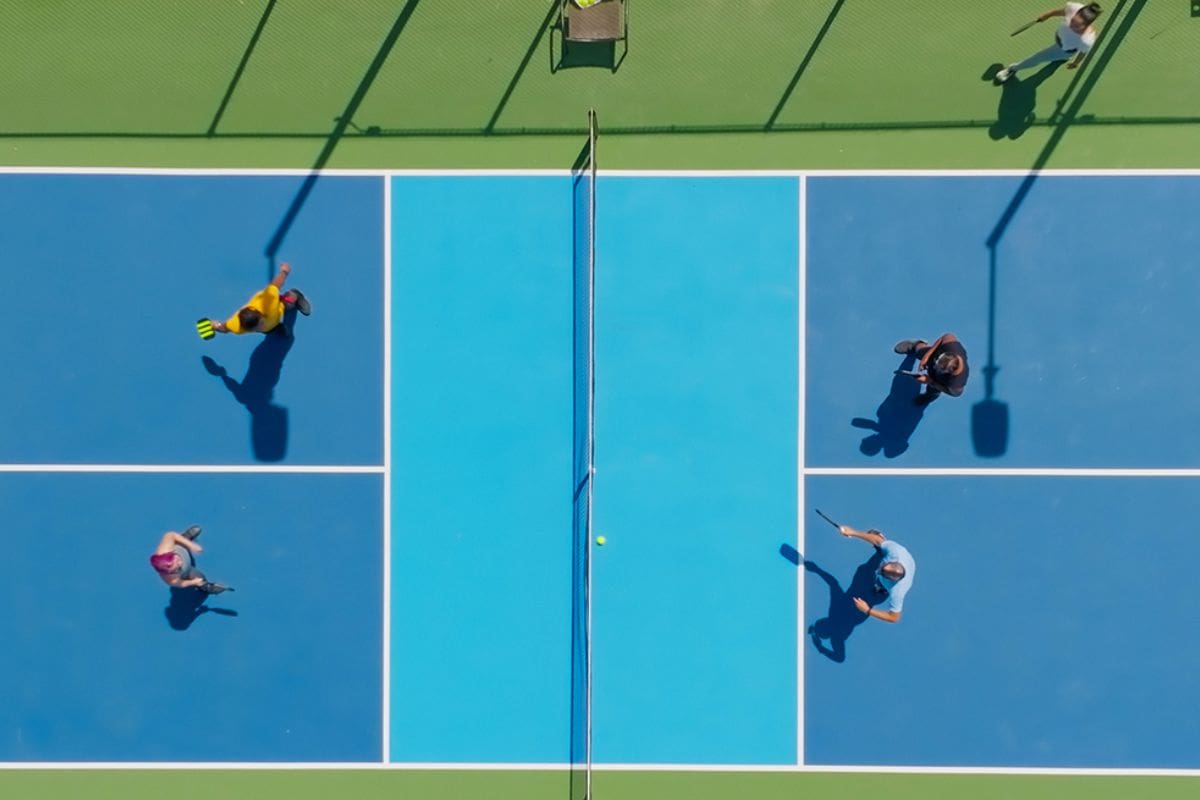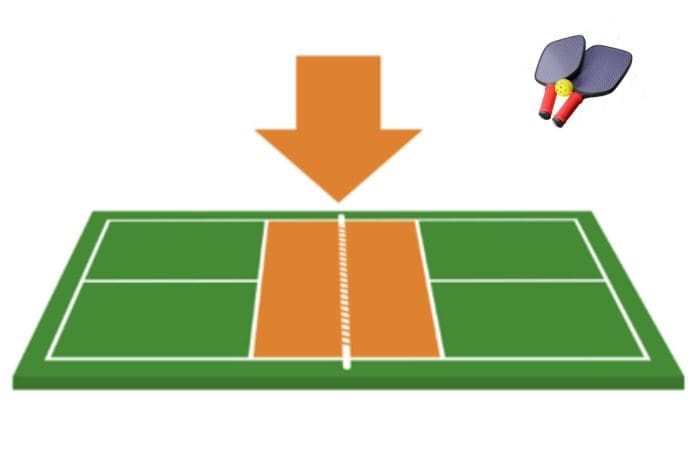When to Leave the Pickleball Kitchen Line: In pickleball, the conventional wisdom suggests that maintaining a firm position at the kitchen line is crucial for defensive success. Players are commonly advised to stay close to the line to control the court and restrict their opponents’ options. However, this advice is not always applicable. There are strategic reasons why stepping back from the kitchen line, even slightly, might offer a significant advantage.
The Benefits of Staying at the Kitchen Line
Remaining close to the kitchen line provides several defensive advantages:
- Reduces Opponents’ Angles: By staying near the line, players limit the angles their opponents can use to attack.
- Prevents Low Shots: It becomes more difficult for opponents to hit the ball down at players’ feet.
- Enhances Offensive Opportunities: Proximity to the line improves players’ chances of targeting their opponents’ feet with accurate shots.
Despite these advantages, there are scenarios where moving back slightly can be beneficial.
Anticipating a Speed-Up
The distance between the kitchen lines is just 14 feet, which can feel even smaller during play. This close proximity requires quick reflexes. If players anticipate that their opponents will accelerate the ball—perhaps due to a predictable dead dink or an aggressive playing style—taking a half-step back can provide additional reaction time.
This adjustment might prevent the ball from hitting players and allow for a more effective response. If the expected speed-up does not occur, players can quickly return to the kitchen line for the next shot.
Managing High Drives
At lower levels of play, opponents often deliver high drives. These shots can be challenging to handle at the kitchen line. By stepping back, players gain extra space to manage these drives more effectively and improve their defensive positioning.
This additional room also aids in countering at an angle, which can make it harder for opponents to anticipate returns. However, if opponents apply topspin to their drives, making the ball dip, staying at the line may still be preferable.
Countering Partner Errors
When a partner consistently attacks crosscourt, it can leave players vulnerable to counterattacks. In such cases, moving back from the kitchen line can help cover for these mistakes.
Although this requires more movement, it can prevent players from being caught off-guard and enhance their ability to handle the ball effectively.

Needing Extra Reaction Time
Recognizing when extra reaction time is needed is essential. Players with slower reflexes compared to their opponents, those who struggle with judging out balls, or those facing a powerful paddle might benefit from positioning slightly off the line. This tactic provides the additional time needed to improve gameplay, especially for covering crosscourt dinks and adapting to powerful shots.
In summary, while maintaining a firm position at the kitchen line is generally a solid strategy, experimenting with positioning slightly behind the line can offer tactical advantages in various situations. Adjusting stance based on the context of play may enhance overall performance and enjoyment of the game.
News in Brief: When to Leave the Pickleball Kitchen Line
In pickleball, while maintaining a firm stance at the kitchen line is typically recommended, stepping back can be strategically advantageous. A half-step back can offer extra time to respond to fast shots, manage high drives, and compensate for partner errors.
This adjustment can be especially useful for players needing more reaction time due to slower reflexes or facing powerful opponents. Experimenting with this positioning can improve gameplay and adaptability on the court.
also read : Pickleball Clinics in Hamilton Set for Beginners and Juniors
